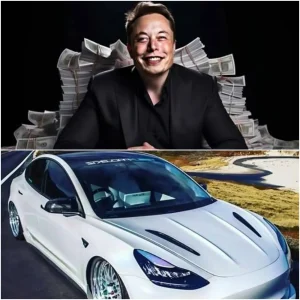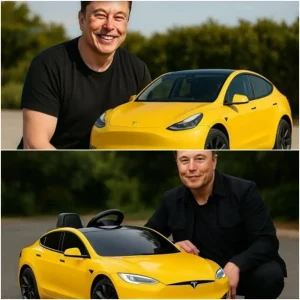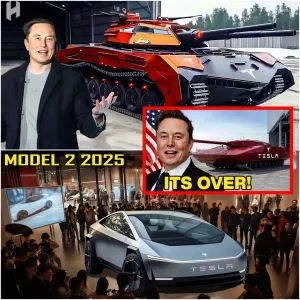Elon Musk, the world’s richest man with a staggering net worth exceeding $333 billion, continues to defy expectations—not just in business, but in how he chooses to live. While most might imagine a billionaire residing in sprawling mansions or penthouse suites, Musk has opted for a minimalist lifestyle, calling a modest $50,000 Tesla-designed home his primary residence. Installed in 2022 near the Tesla headquarters in Austin, Texas, this tiny abode allows the tech titan to stroll to work each morning, blending practicality with a vision that’s as unconventional as it is inspiring.
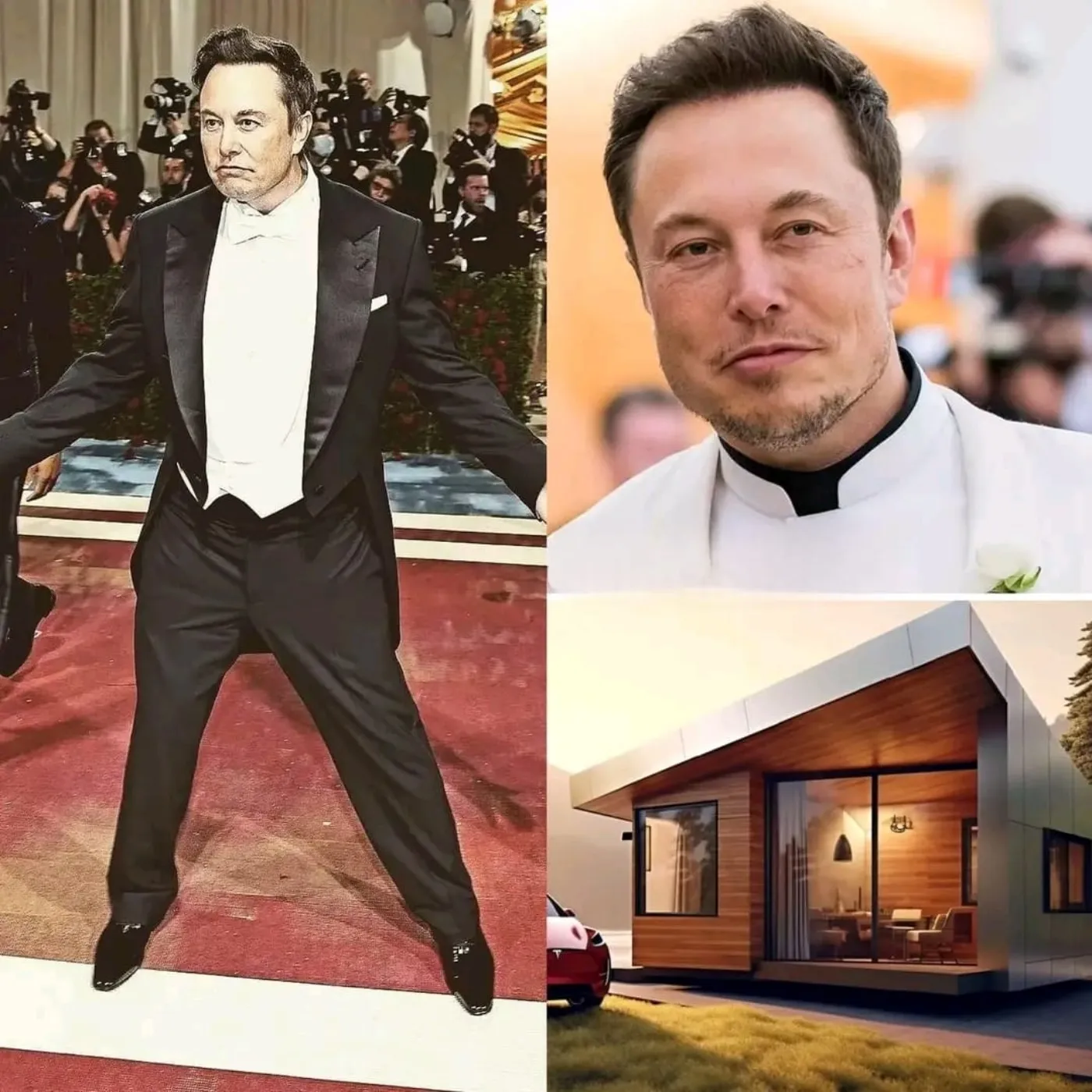
The house itself, a compact prefab structure built by Boxabl—a company Tesla has collaborated with—spans just 375 square feet. Featuring a simple layout with a bedroom, bathroom, kitchenette, and living area, it’s a far cry from the opulence one might associate with Musk’s wealth. Yet, for the man behind Tesla, SpaceX, and Neuralink, this choice reflects a mindset that prioritizes efficiency and purpose over extravagance. “I don’t need a big house,” Musk has said in interviews. “I need my brain and my time focused on the mission.” That mission? To revolutionize industries, colonize Mars, and, apparently, rethink how we live on Earth.
Musk’s decision to downsize isn’t just a personal quirk—it’s a glimpse into a broader vision he’s pushing through Tesla. Reports have emerged that the company is developing fully furnished mini homes, with plans to make them available for as little as $6,000. These affordable, sustainable dwellings could hit the market in the coming years, offering a solution to housing crises while aligning with Musk’s goal of innovation for the masses. Imagine it: a sleek, energy-efficient home—complete with Tesla solar panels and minimalist design—delivered and assembled in days, not months. It’s a concept that could disrupt the real estate industry as profoundly as Tesla has shaken up automotive manufacturing.
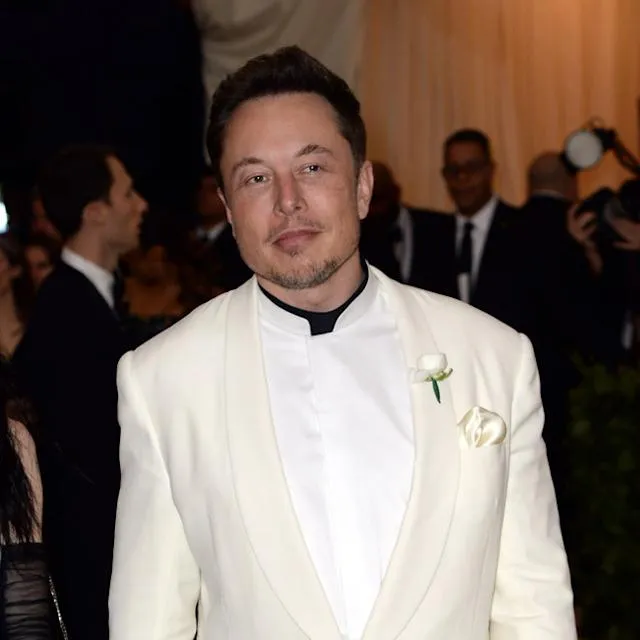
Living near his Tesla Gigafactory, Musk’s daily walk to work symbolizes more than convenience—it’s a statement. The man who commands a fortune larger than the GDP of many nations chooses proximity over luxury, embodying a work ethic that’s relentless and a lifestyle that’s stripped to essentials. This isn’t his first foray into modest living, either. In 2021, he famously sold off nearly all his properties, including a $32 million California estate, vowing to “own no house.” His current setup seems to be the ultimate realization of that pledge—a billionaire unburdened by material excess, laser-focused on the future.
Fans and critics alike are buzzing about Musk’s approach. “He’s worth over $333 billion and lives in a $50k box—wild!” one supporter posted on X. Others see it as a masterstroke of branding, tying his personal choices to Tesla’s ethos of sustainability and innovation. Skeptics, however, question whether it’s all a publicity stunt, pointing to his private jet travel and vast business empire as contradictions to the “simple life” narrative. Regardless, Musk’s influence is undeniable—his small home has sparked conversations about wealth, housing, and what it means to live meaningfully in a world of excess.
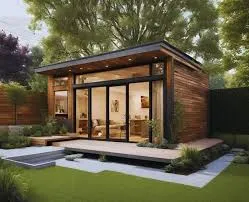
As Tesla gears up to roll out its $6,000 mini homes, the implications are staggering. Affordable housing could become accessible to millions, especially in urban areas where space and cost are perennial challenges. Pair that with Tesla’s renewable energy tech, and you’ve got a blueprint for a future where eco-friendly living isn’t just for the elite. It’s classic Musk: take a problem, shrink it down, and solve it at scale.
Elon Musk may live small, but his ideas are anything but. From a $50,000 Tesla home to a world-changing housing revolution, he’s proving that wealth isn’t about what you own—it’s about what you build. And for better or worse, he’s building a future that’s distinctly his own.
